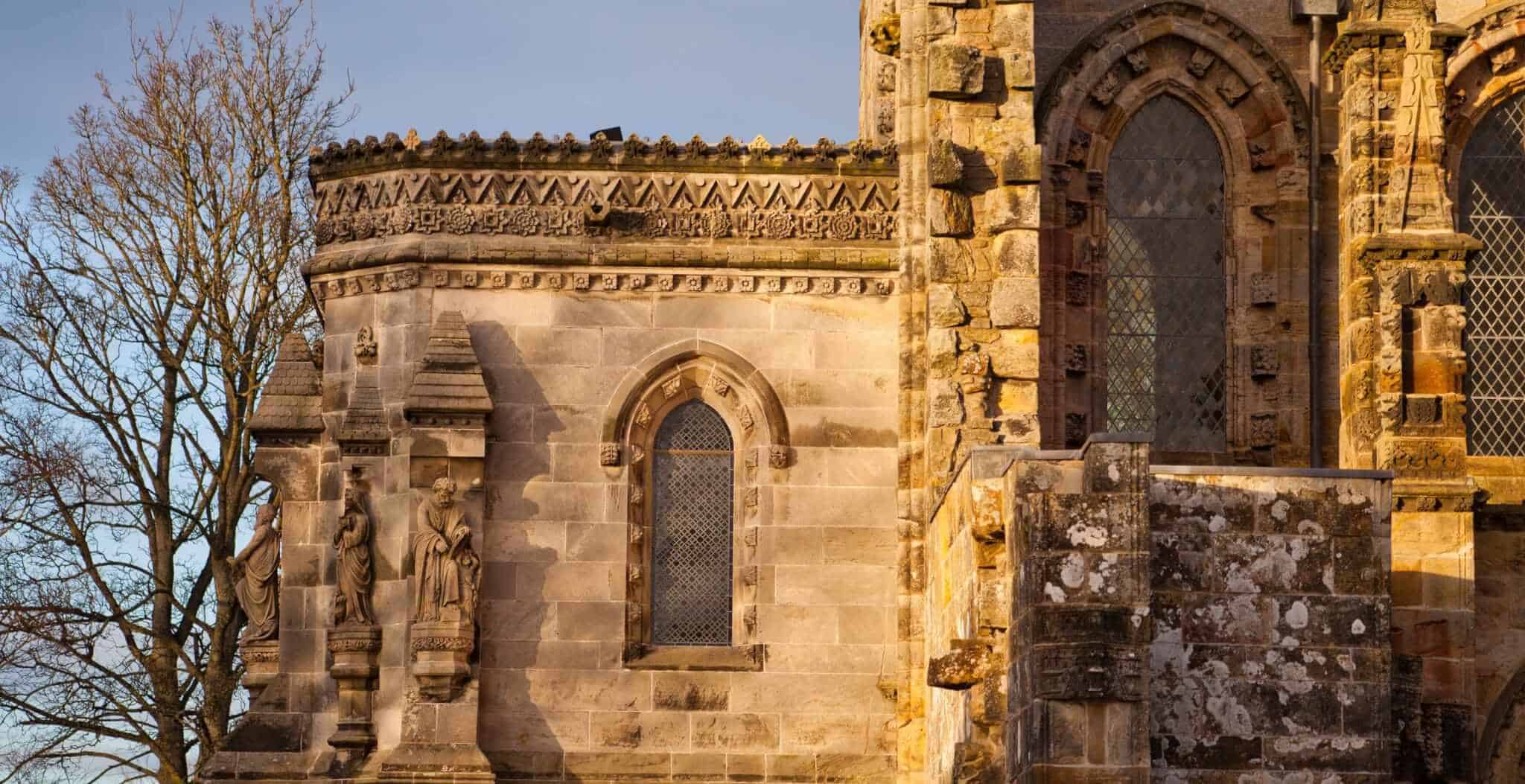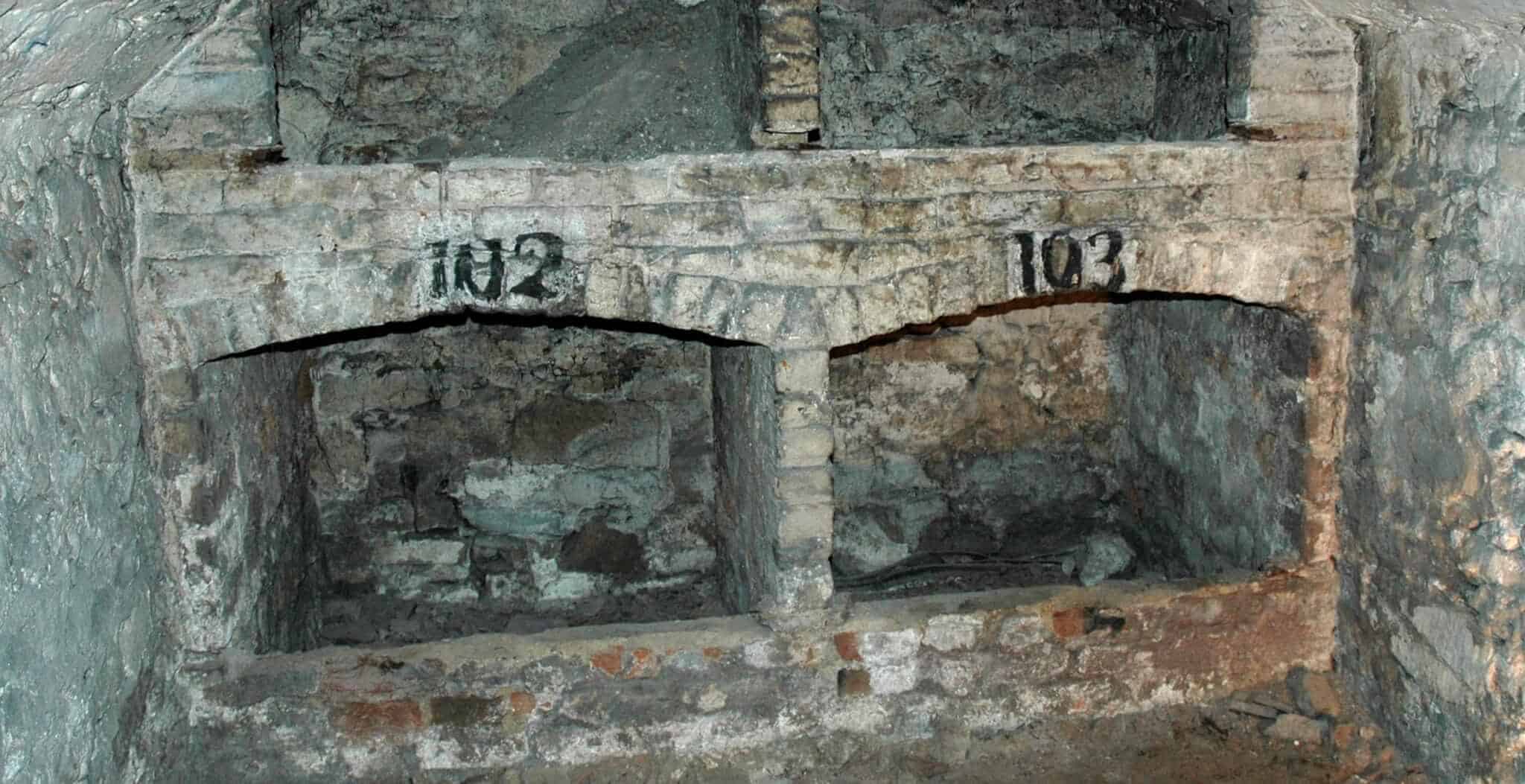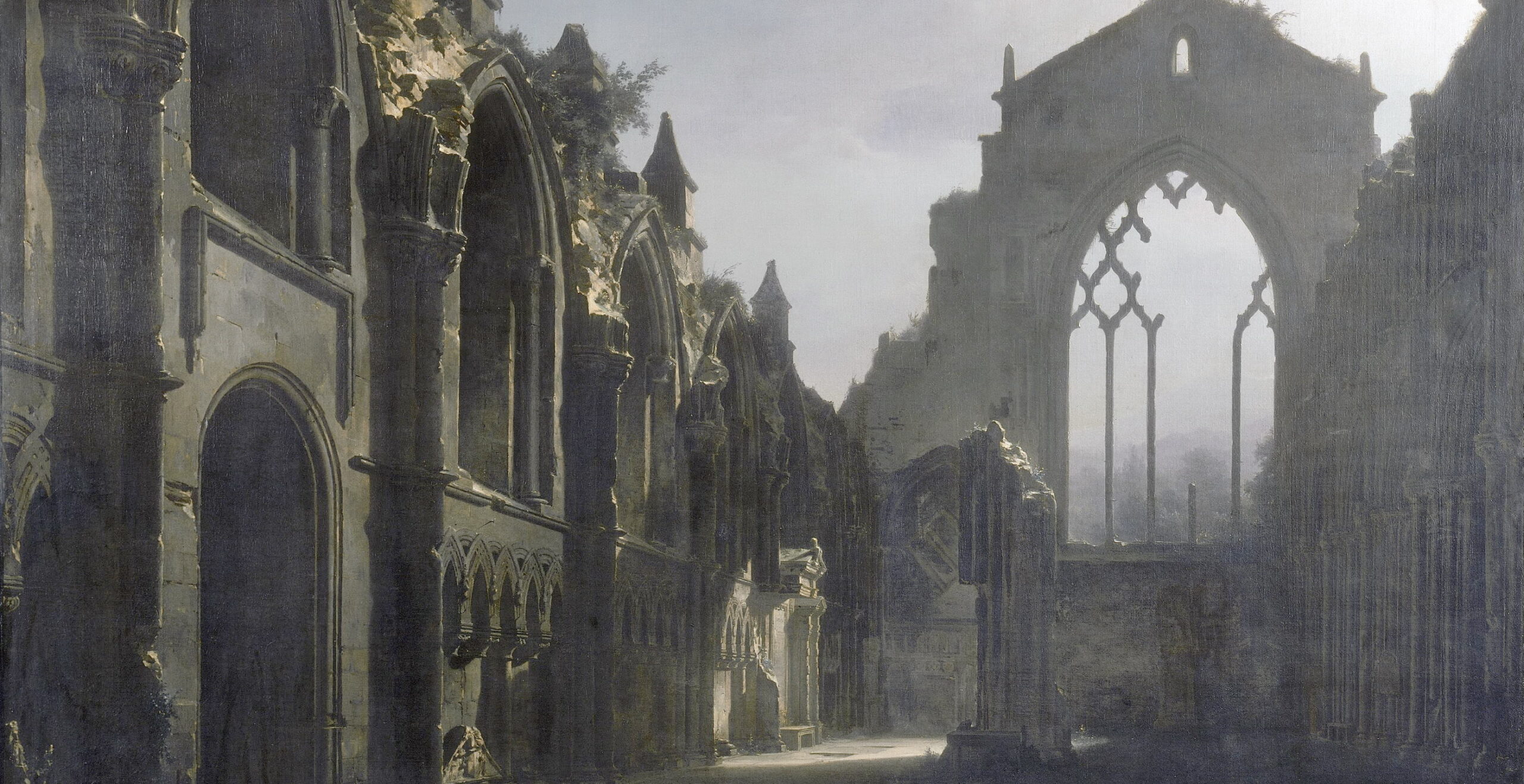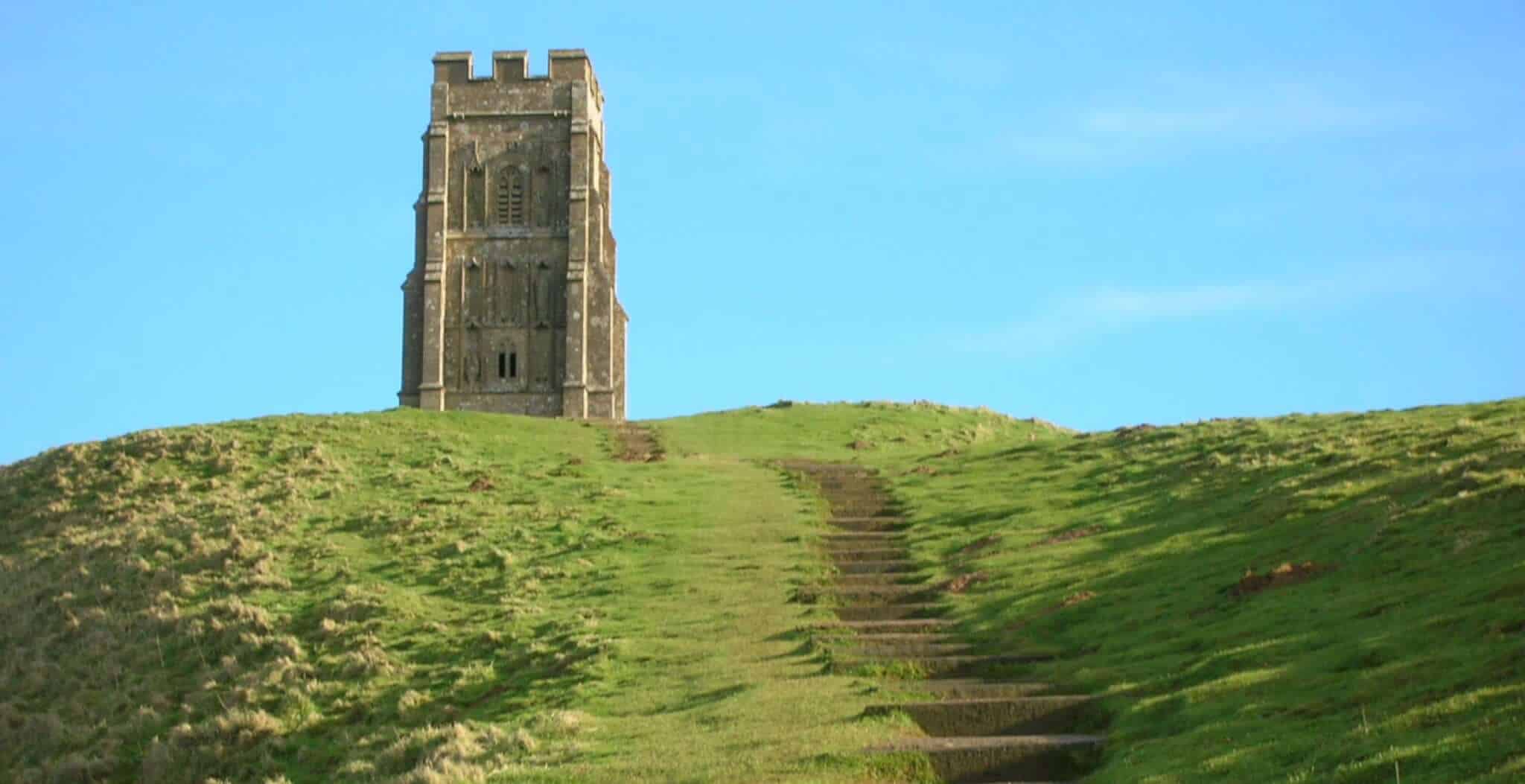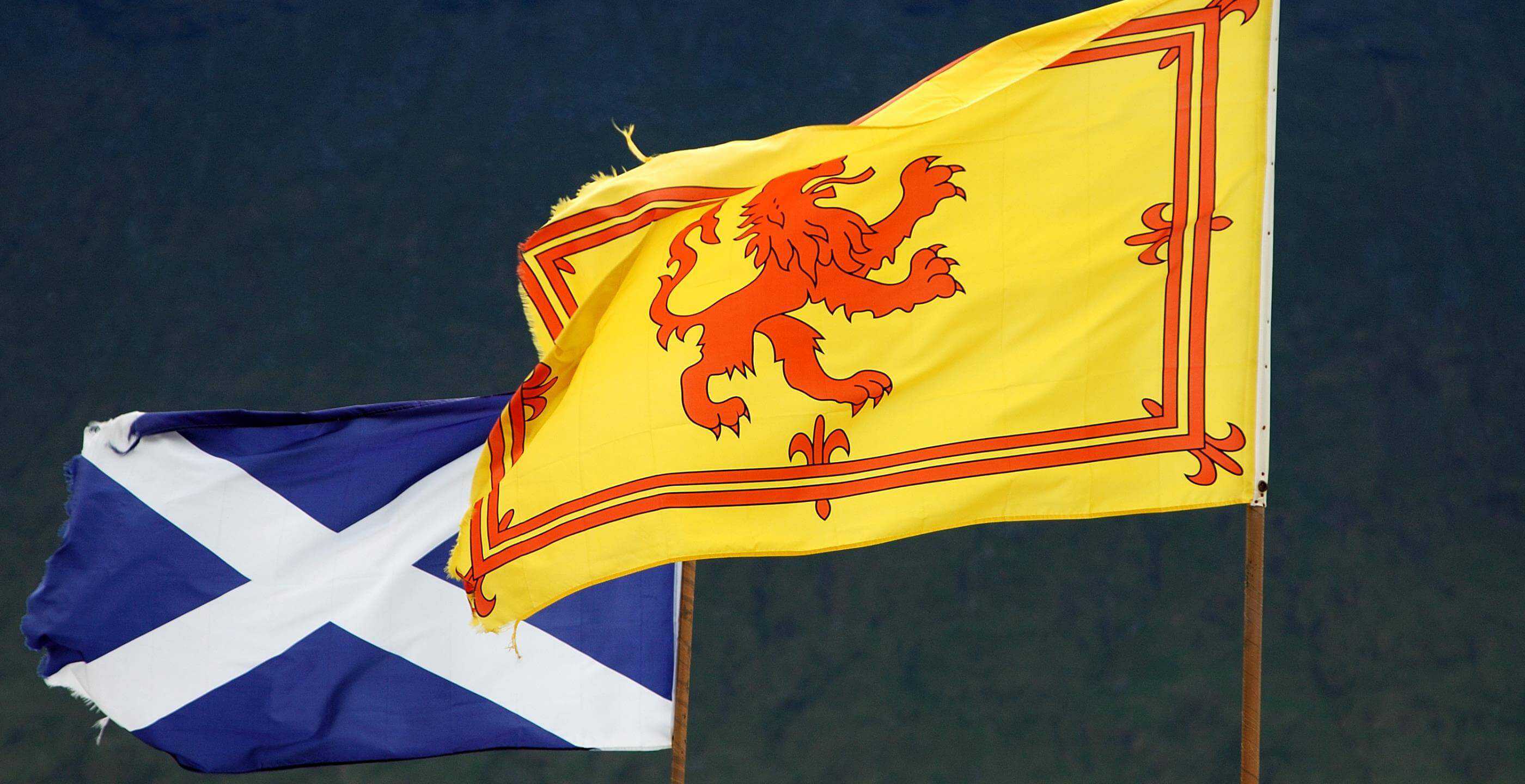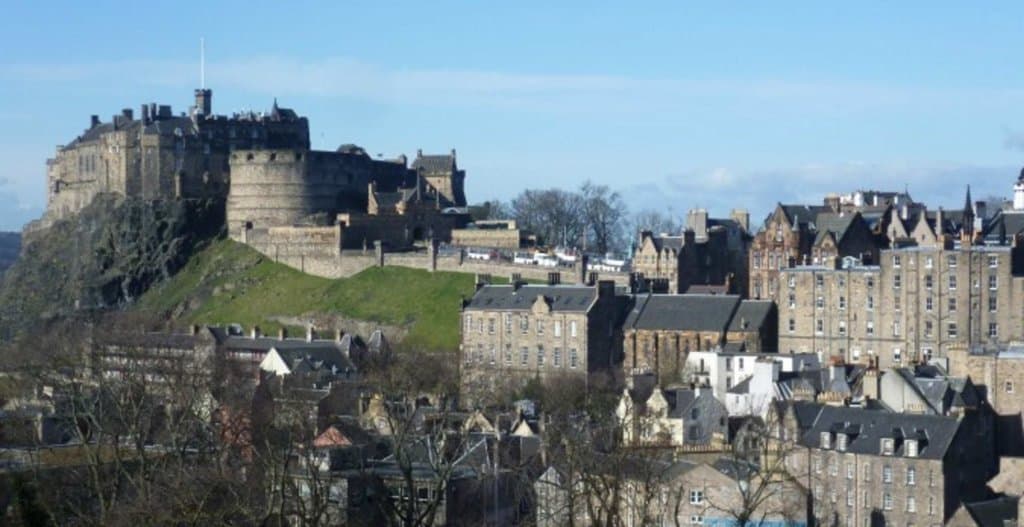Selected as one of the locations for the film, “The Da Vinci Code” (based on the bestselling book by Dan Brown), Rosslyn Chapel (near Edinburgh, Scotland) has all the presence and mystery that perhaps encouraged its choice for the role.
Officially the Chapel is known as the Collegiate Church of St. Matthew and is an active Scottish Episcopal Church. Building of the Chapel began in 1446 by William St. Clair, third (and last) Prince of Orkney, Scotland. For it’s time (in the late Middle Ages and the beginning of the Renaissance era), Rosslyn Chapel was ambitious and extraordinary, particularly in terms of the architectural design.
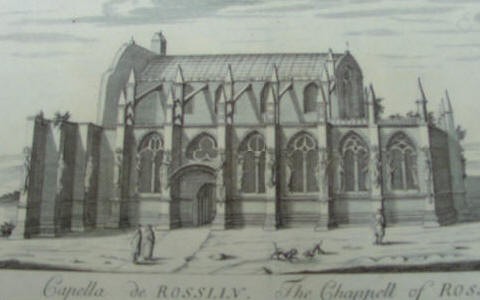
The original intention of the creator was to build a cruciform Church with a tower at the centre. However, the design and form of the building that we see today is much developed from William St. Clair’s initial plans. His progress was slow; attention to detail and striving for perfection took precedence over speed, which left the Chapel with only the east walls, the walls for the choir and the foundations for the nave finished by the time of his death in 1484. It was documented, in 1700 by Father Richard Augustine Hay, that Sir William inspected hundreds of images all modelled in wood for each carving, before making a final decision on the design and allowing masons to carve in stone. So it’s not surprising advancement was slow. Sir William was buried beneath the unfinished choir, which was completed and roofed shortly afterwards by his son, and then building ceased. The Chapel remained as a family place of worship for the St. Clair’s through most of the 1500’s.
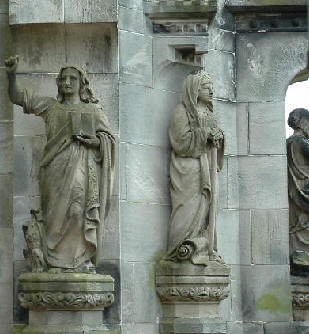
However, tensions were felt during the Scottish Reformations when the St. Clair family continued to practice Catholicism. The choice was between either Protestantism or Catholicism and caused aggressive clashes between the two sides. Across Scotland, devastating effects on places of worship were felt. Rosslyn Chapel fell into disuse. The attack of nearby Rosslyn Castle, however, may have saved the complete destruction of the Chapel. Whilst there are a number of theories as to why the chapel survived, there is little concrete evidence. Oliver Cromwell and his troops attacked the castle itself but housed their horses within the Chapel, which is one possible theory as to its preservation. In 1688 an angry Protestant mob from Edinburgh and nearby Roslin village caused further damage to both the castle and Chapel, putting the Chapel into abandonment until 1736.
James St Clair began repair and restoration in 1736. He started by replacing the window glass and making the building weather-proof once more. Weather-proofing was attempted again in the 1950’s but was unsuccessful, actually causing damp not preventing it. As a result, a large, steel, freestanding roof has been erected to allow the building to dry. But do not be put off by what sounds like an eyesore! Instead, the construction allows closer viewing of the intricate stonework of the Chapel’s exterior, adding a new dimension to the viewing of an historic monument.
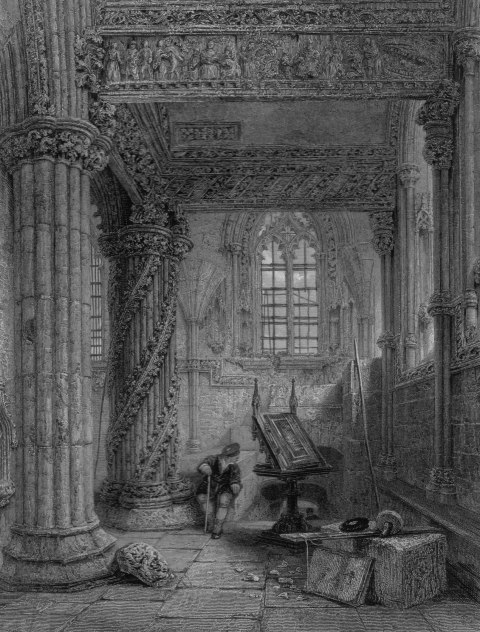
And it is the intricate carvings, and the mysteries and symbolism behind them that fascinate people about Rosslyn Chapel, particularly the famous “Apprentice Pillar”. It is so called because, allegedly, a stone mason was handed drawings for the pillar by William St. Clair and then departed for Italy to study the drawings and the original piece the ideas had come from. Meanwhile, it was an apprentice who produced the extraordinary pillar we see today. Consumed with envy when he returned to find his own apprentice had excelled himself, the mason apparently murdered the apprentice with his mallet! There are now two carvings depicting this event, the carving of the Apprentice’s head even has a scar where the mallet would have struck.
The Apprentice Pillar is one of three, representing the concepts of wisdom, strength and beauty. For some, the Apprentice Pillar represents immortality and the constant struggle between light and darkness. At the base is a carving of the eight dragons of Neilfelheim who, in Scandinavian mythology, were said to lie beneath the great ash tree Yddrasil, that bound Heaven, Earth and Hell. This Scandinavian link could possibly reflect Sir William’s origins in Orkney, a connection and first port of call for Scandinavians approaching Scotland. In recent times, it has been hypothesised that the Apprentice Pillar is hollow and may contain a “Grail”, hence the links with the Da Vinci Code book. Theories that the Grail is made from metal have been dampened by negative findings using metal detectors. However, some believe the Grail could be made from wood or that it could be the mummified head of Christ.
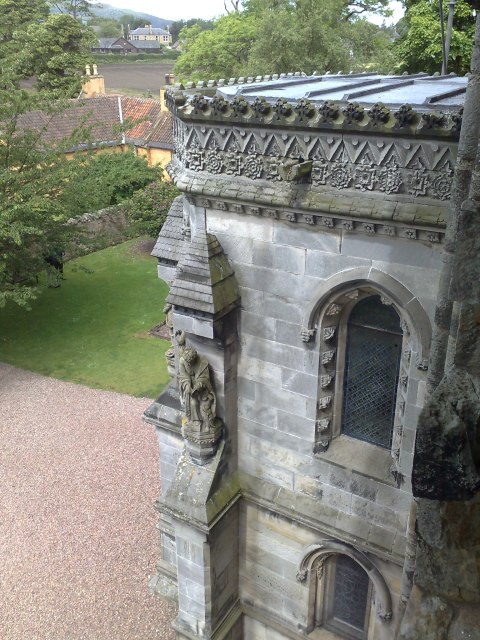
Symbols within Rosslyn Chapel portray a range of subjects from Biblical stories to Pagan symbolism. There are carvings of plants such as Indian Corn which were unknown in Europe at the time of their construction. This can be explained by the popular story of Sir William’s Grandfather, Henry Sinclair. Henry was said to be part of an expedition to Nova Scotia in 1398, returning and bringing with him botanic knowledge from other continents.
Art historians document that Rosslyn Chapel holds the highest number of “Green Man” images of any European medieval Chapel. The Green Man is commonly a head with foliage emerging from his (or her) mouth, forever surviving on herbs and spring water. The symbol represents fertility, growth and the richness of nature. This could possibly give insight into Sir William St. Clair’s appreciation of the natural environment around Rosslyn Chapel and an acknowledgement of the history of the site and the Celtic traditions that may have come before. Indeed, Roslin Glen, within which the Chapel stands, has evidence of Pictish existences and Bronze Age artefacts have also been found.
The symbolism of the carvings in the Chapel relate as much to their locations (both with respect to other carvings and within the Chapel), as it does to the images themselves. So in this way, you can follow the themes around the walls. For instance, moving clockwise from the northeast corner, the Green Man images get progressively older and the Dance of Death carving is closer to the end than the beginning. Visit Rosslyn Chapel to see the sequence unfurl for yourself.
Selected information on the interpretation of the symbolism was taken from an article written by Dr Karen Ralls (2003) https://www.templarhistory.com/mysteriesrosslyn.html
Getting here
Just seven miles from Edinburgh’s city centre, visit the Rosslyn Chapel official website for further travel information.
Museums
View our interactive map of Museums in Britain for details of local galleries and museums.
Castles in Scotland
Try our interactive map of Castles in Scotland to browse our huge database.
Cathedrals in Britain
Browse our interactive map showing the Christian Cathedrals of Britain.
